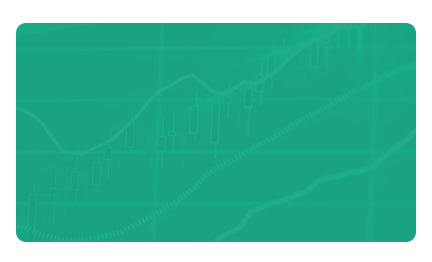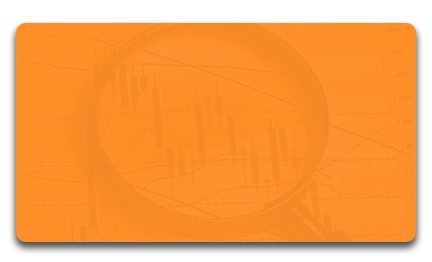In bond trading, coupon is a word for interest rate. The coupon (nominal interest) is determined when the bond is issued and is expressed as a percentage of the face value.
The market price of a bond can differ from its initial price through its duration. The difference in prices is primarily dependent on the level of interest rates on the market.
The market’s interest rates influence the price of the security inversely (in case of securities with fixed interest payments). When the interest rates decrease, the price of the security increases. This phenomenon only happens with fixed interest rates. The bond loses its attractiveness when the interests are increasing. In this case, bond owners are going to sell their securities.
Bonds with fixed coupons come with an extra risk, called interest rate risk. Interest rate risk is especially important when the interest rates on the market are strongly increasing. The changes in market prices are only important to the investor, if he or she does not intend to keep the bond until maturity. If the investor keeps the bond, then at maturity (if the issuer is solvent) the nominal value will be repaid.
Low coupons are between 0 and 2%, while average coupons promise returns between 2 and 4%. High coupons (high yield) can have higher yield than 4%.



















